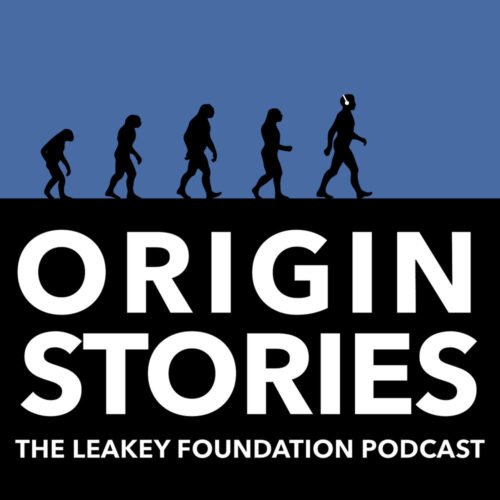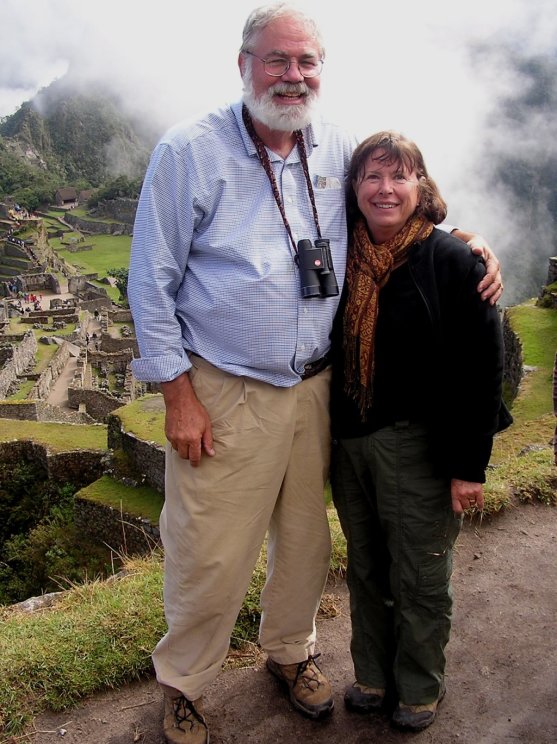Grants | The Leakey Foundation
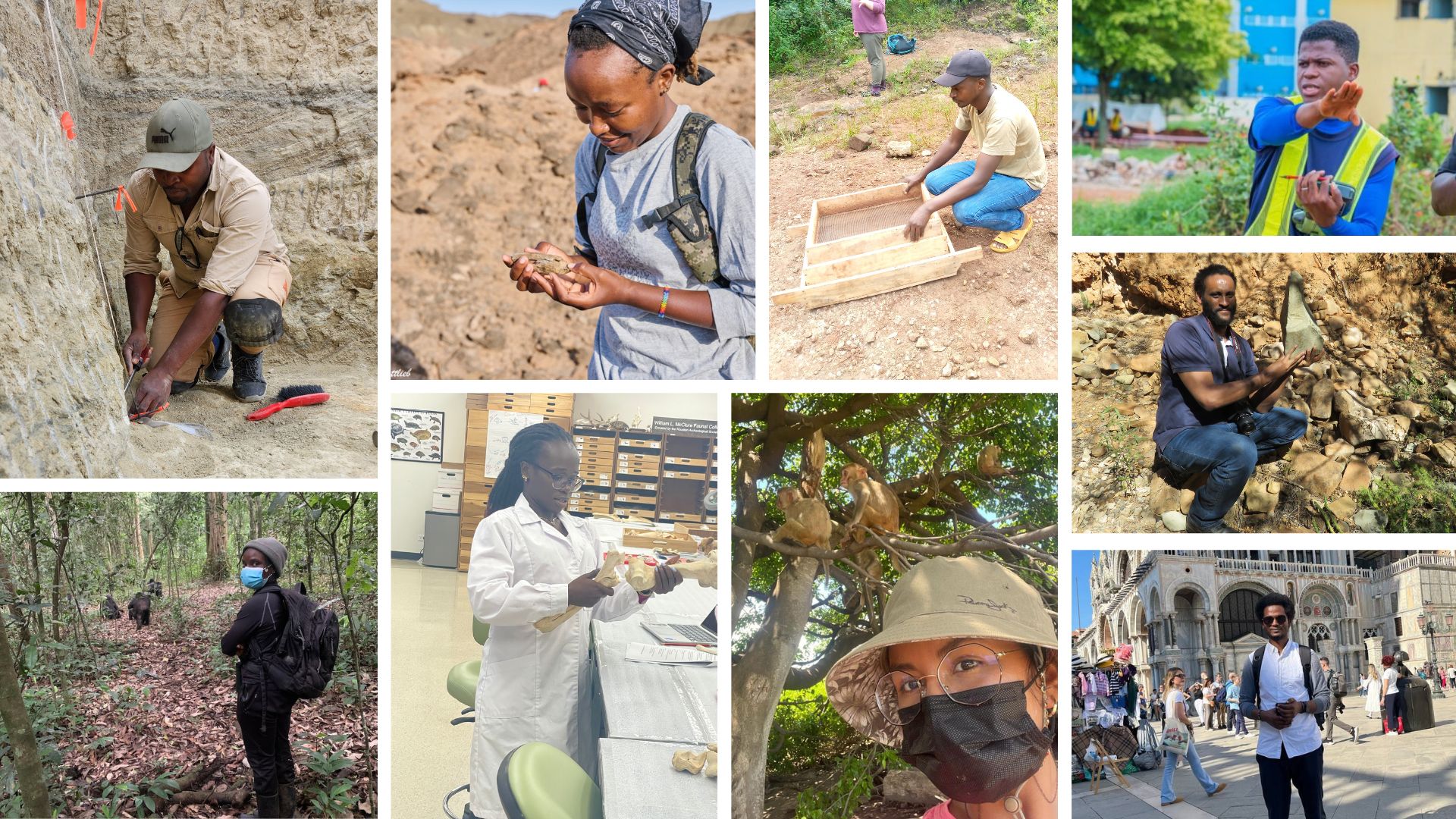
The Leakey Foundation is proud to announce the 2024 Baldwin Fellowship recipients.
The Franklin Mosher Baldwin Memorial Fellowship program was established in 1978 to expand access to advanced degrees for students from countries with limited educational opportunities. This prestigious program builds the future of science by investing in outstanding scholars, helping them become leaders in their home countries. Successful applicants come to the program with strong academic records and remarkable dedication to their chosen fields.
The 11 new and returning Baldwin Fellows represent eight countries, nine academic institutions, and a wide variety of scientific disciplines.
The Baldwin Fellowship is funded by generous support from Leakey Foundation donors.
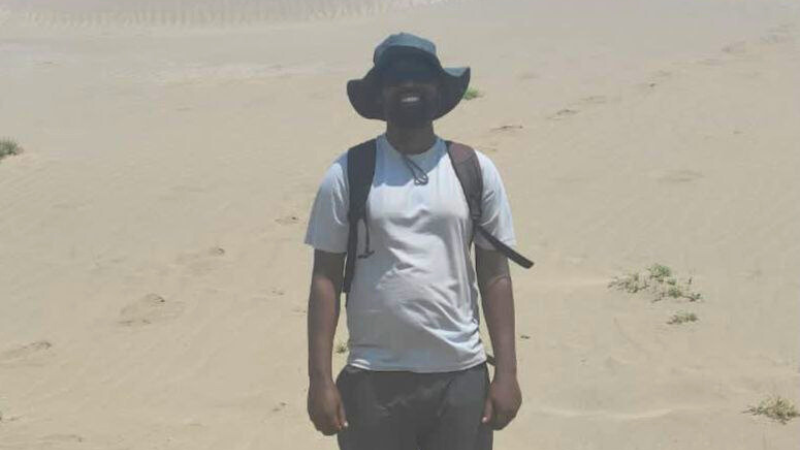
Tefera Tarekegn Bayu, Ethiopia
Tefera Tarekegn Bayu is a PhD student at the Université Côte d’Azur in Nice, France. He is supervised by Isabelle Théry-Parisot, a specialist in the study of wood charcoals. Tefera explores the interactions between humans and their environments from the Late Pleistocene to the Holocene. This stems from research he began during his master’s program, focusing on charcoal from 10 sites in the Bale Mountains in Ethiopia.
His PhD research focuses on analyzing ancient charcoals collected from an Ethiopian site called Kumali in order to reconstruct human-environmental interaction in southern Ethiopia from the Mid to Late Holocene. This study will include the collection of modern wood references from the area and the building of a reference wood anatomy collection database that will be used as a source of data for studying charcoals from Kumali and other sites in the region.
After completing his PhD, his goal is to continue as an academic researcher in Ethiopian higher education. He also aims to be affiliated with research institutes that focus on human origins and past human culture, such as the ARCCH in Ethiopia.
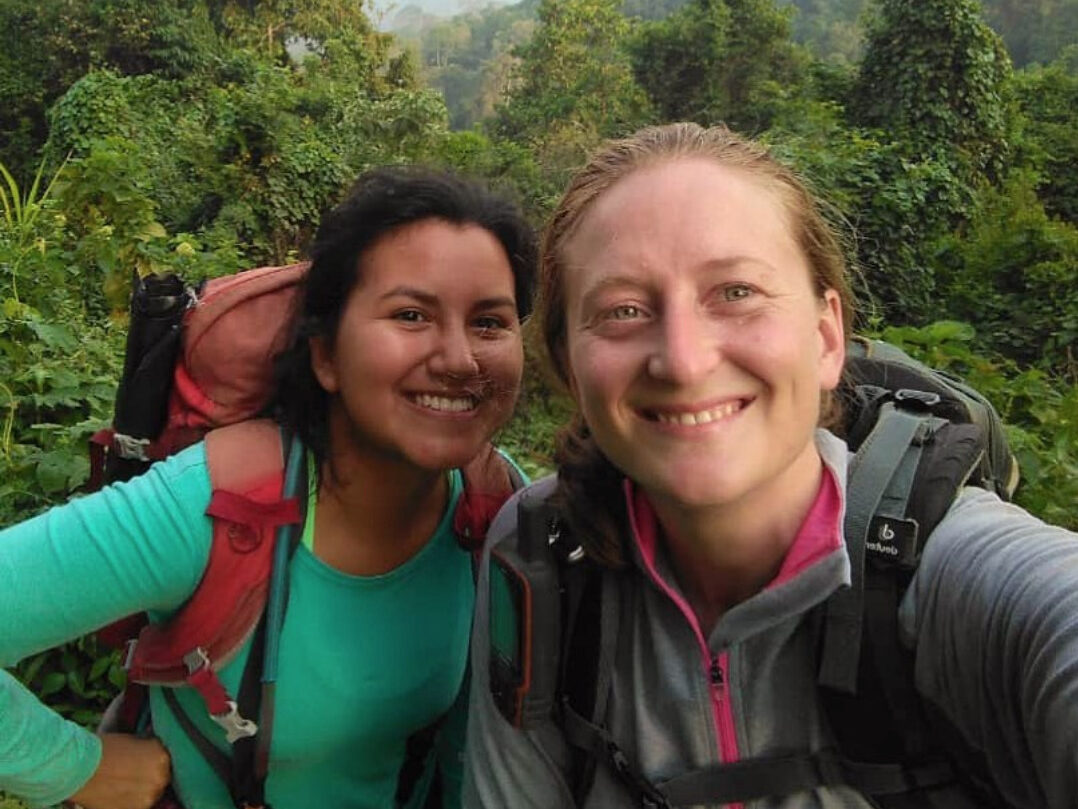
Natalia Camargo, Colombia
Natalia Camargo is a first-year graduate student in the Interdepartmental Doctoral Program of Anthropological Sciences (IDPAS) at Stony Brook University, focusing on the development of social behavior in group-living primates, particularly how maternal style and social partner availability influence early life social relationships.
Following her graduate studies, Natalia’s career goal is to become a professor and develop primatology and evolutionary anthropology at a Colombian university. While pursuing her doctorate at Stony Brook, she will collaborate with Colombian scholars, providing mentorship, continuing conservation projects, and developing new research collaborations.
Alexandre Gategeko, Rwanda
Alexandre Gategeko is pursuing a PhD in Biological Anthropology at the University of Michigan to gain a comprehensive background in anthropology, building on his experience at the Dian Fossey Gorilla Fund. He has studied the social behavior of endangered golden monkeys in Rwanda and now aims to investigate aspects of their reproduction, focusing on physiological profiles, stress levels, and reproductive success in relation to spatial differences, conception, and social rank.
His research questions include: Do physiological profiles reflect spatial differences in mating and birthing seasons? Do physiological profiles differ between females with successful conception and those who failed to conceive? Do stress levels differ between resident and non-resident males during the mating season? How does reproductive success vary between resident and non-resident males and by social rank?
His ultimate goal is to become a professor of anthropology in Rwanda.

Babalola Jacobs, Nigeria
Babolola Jacobs is pursuing a PhD at ASU, investigating human mobility, settlement patterns, and adaptations during the Pleistocene-Holocene transition at the Stone Age site of Itaakpa in southwestern Nigeria. He aims to understand how environmental changes influenced human behavior, mobility, and settlement patterns, and the adaptive strategies employed by ancient populations in response to these fluctuations.
The Pleistocene-Holocene transition is a pivotal epoch marked by profound environmental shifts impacting human societies and ecosystems. One key research problem he aims to address is the nuanced understanding of how these environmental changes influenced patterns of human mobility and settlement. Additionally, he seeks to investigate the adaptive strategies employed by ancient populations in response to these environmental fluctuations, shedding light on the resilience and flexibility of prehistoric communities.
Upon returning to Nigeria, he would like to secure a faculty position in an archaeology program. He would also like to seek funding for the establishment of archaeological sciences laboratories in Nigerian universities, fostering an environment conducive to innovative research in geoarchaeology, digital archaeology, and related disciplines.
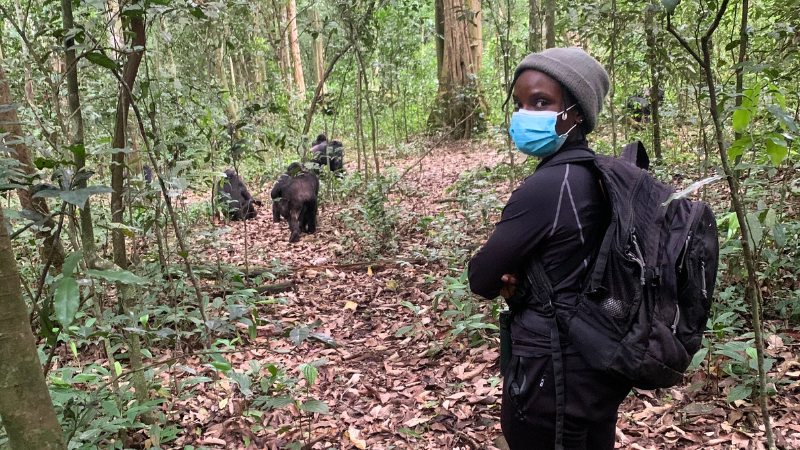
Salmah Jombela, Uganda
Salmah Jombela has worked with the Ngogo Chimpanzee Project since 2021. She has been habituating a new chimpanzee community for tourism and research at Buraiga in Kibale National Park. She has followed chimpanzees for 10-12 hours every day and led a team of three field assistants who collect data on the chimpanzees. Thus far, she has identified more than 60 chimpanzees and named about 30 of them. She has also been collecting information about the feeding and ranging behavior of the Buraiga chimpanzees. She has trained the field assistants on how to identify chimpanzees, collect data, identify trees, and navigate the forest using GPS devices and compasses.
Salmah is pursuing a master’s degree in zoology at Makerere University to gain knowledge in animal ecology and behavior and develop her skills in primate research. For her thesis, she proposes to investigate the efficacy of patrols in reducing the number of illegal activities that affect the welfare of chimpanzees and other animals in Kibale National Park.
Salmah’s goal is to obtain a teaching position at a university in Uganda, working in a primatology-related field.

Altayeb Abdalla Hassbrabo Mohammed, Sudan
Altayeb Abdalla Hassbrabo Mohammed is enrolled in the International Master in Quaternary and Prehistory at the University of Ferrara, Italy, where he will participate in intensive training in different fields of prehistory.
Having acquired a solid background in ceramic studies at the University of El-Neelain, he is now interested in training in lithic analysis as there are very few lithic specialists in Sudan, particularly those with a focus on quartz lithic industries. Approaching the topic of lithic analysis from the use-wear perspective, his training will begin at the University of Ferrara and continue at the National Museum of Natural History of Paris. His goal is to return to Sudan and become a professor at the University of El-Neelain.
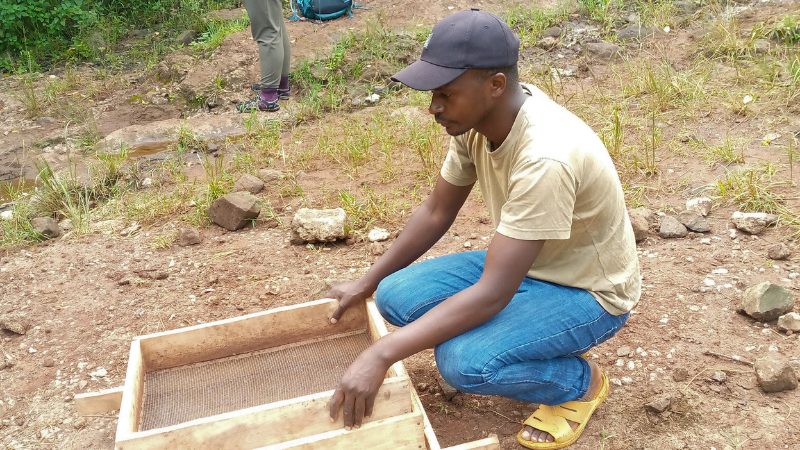
Charles Muriithi, Kenya
For his master’s program at the University of Calgary, Charles K. Muriithi plans to develop a thesis on the functional morphology of rodent postcrania. Rodents were diverse during the Miocene epoch, but little is known about their locomotor habits. Because of their small size, anatomical correlates of locomotor behavior in rodents are not easy to determine. Also, it is rare to find a complete skeleton. He will examine morphological variation in long bones, especially the humerus, in different rodents, associating them with their specific ecological niche. This will create a picture of the Miocene ecosystem as rodents are adapted to specific environments. His research will be focused on a fossil site called Chamtwara and will help to characterize the likely paleoenvironment at Chamtwara and its surroundings.
Charles’ goal is to become a taxonomic expert in microfauna. He decided to specialize in this area because Kenya lacks specialists in fossilized microfauna. After earning his PhD, he plans to return home to secure a job at a university and help other young scholars develop careers in vertebrate paleontology.

Aloyce Mwambwiga, Tanzania
Aloyce Mwambwiga, a senior curator with the National Museums of Tanzania, is pursuing a doctoral degree at the University of Calgary, Canada. He is working on his dissertation research on paleoenvironmental reconstructions utilizing phytoliths from sediments. He has completed his fieldwork at Olduvai Gorge, finished the lab work, and aims to complete his PhD by March 2025.
As a permanent employee of the National Museum of Tanzania, working as a curator and researcher, he will continue working there after obtaining his PhD is guaranteed. Aloyce hopes to become a director at the Arusha Museum.
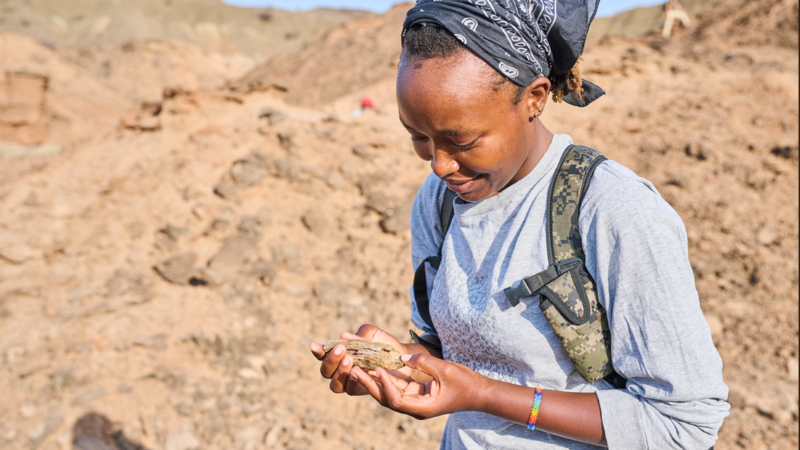
Linet Sankau, Kenya
Linet Sankau is a PhD student at Arizona State University where she is pursuing her doctoral studies in Evolutionary Anthropology. She is an affiliated graduate student with the Institute of Human Origins (IHO). She has developed a research topic for a master’s thesis, which will be needed for her to move on to becoming a PhD candidate in the spring of 2025. This project will focus on expanding the dietary reconstruction of Lothagam fossil mammals, including large herbivores recovered from the site. In collaboration with her committee chairs and members, she will utilize existing isotope and body mass data to provide a comprehensive understanding of the site.
Linet’s primary goal in pursuing a PhD is to establish herself as a paleoanthropologist and contribute to new and ongoing efforts to establish multi-disciplinary human origins programs in Kenyan universities and institutions. She hopes to raise public awareness of Kenya’s rich fossil treasures, which are critical to answering questions about human and primate evolution. She hopes to work as a professor at a Kenyan university where she can mentor students interested in careers in human evolution, evolutionary biology, and earth sciences.

Haftom Berhane Taezaz, Ethiopia
Haftom Berhane Taezaz’s research for his PhD program at the University of Witwatersrand focuses on the influence of raw materials on reduction sequences in the Acheulean technocomplex during the Early to Middle Pleistocene period in East and South African sites. He is studying selected sites, including Gadeb and Middle Awash from Ethiopia, and Canteen Kopje and Rietputs 15 from South Africa, dating to between ~1.5-0.75 Ma. This wide chronological and geographical framework will allow him to compare raw material properties selected and used on regional and chronological scales, shedding light on the Acheulean hominins’ technological adaptations and specializations.
He currently has a permanent position in the Ethiopian Heritage Conservation Authority as an archaeology and paleontology researcher, and he plans to return after completing his program. He will continue his research work at Ethiopian archaeological sites and museum collections as an independent researcher in collaboration with other research institutions.

Sylvia Wemanya, Kenya
Sylvia Wemanya is a second-year graduate student pursuing a Ph.D. in Anthropology at Rice University, interested in the social and ecological factors that drive human societies and how human activities shape local ecologies, particularly in the origins of diverse human diets and how ecology and cultural choices shape diet.
Her prior field experience in Kenya, especially at Koobi Fora, shaped her interest in the intersection of environment and human behavior. Her doctoral research will combine archaeological fieldwork, zooarchaeology, taphonomy, and lipid residue analysis in Kenya and collections research at the National Museums of Kenya, using ethnographic analogies to understand changes in fisher-hunter-gatherer and pastoralist cuisine across the major climatic and cultural shifts of the Holocene.
Sylvia currently holds a position at the National Museum of Kenya as a research fellow and plans to return to a position at the museum and obtain a teaching position at a local university.

